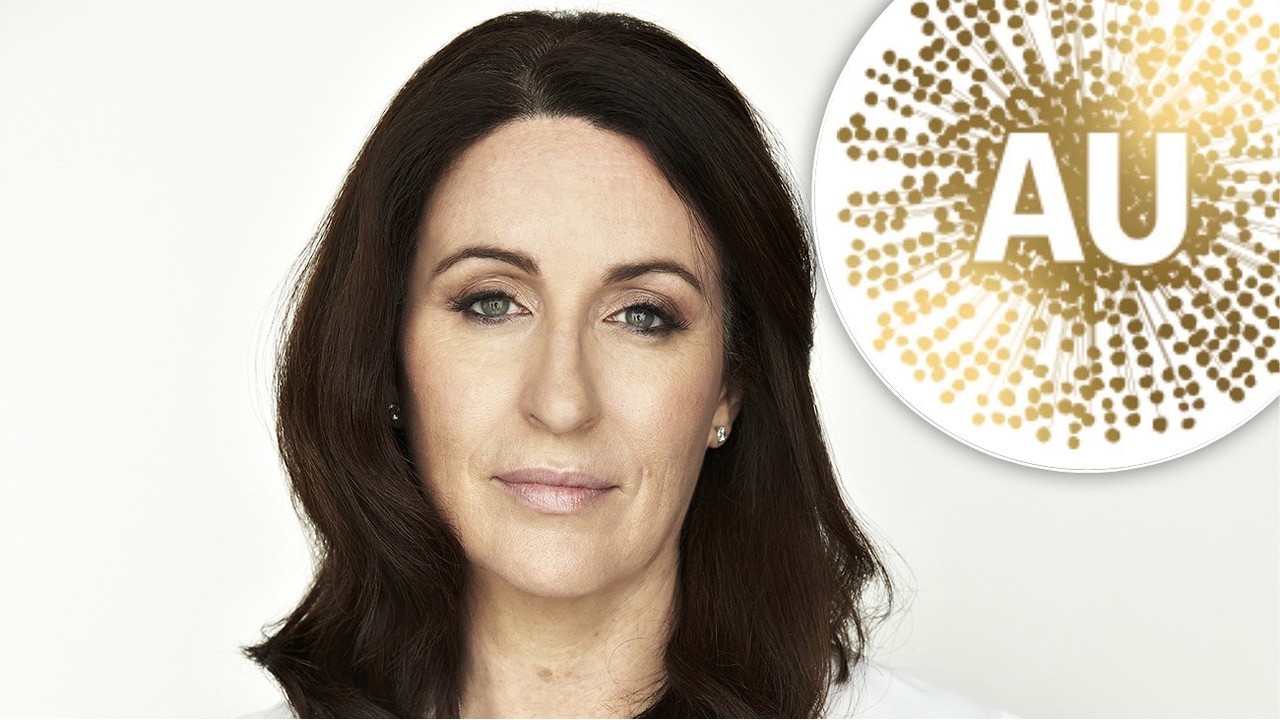Don’t be scared of scaring your kid. It’s good for them
Younger children have difficulty separating reality from fiction — and it’s not their fault. If you find they can’t shake their underlying fear, parenting expert Dr Judith Locke says there are ways you can help.
As an ex-drama and English teacher, I am all for children experiencing the thrill of a tale.
Indeed, good storytelling hooks you in by making you admire the lead character, fear or dislike one or two baddies, worry about the impact they will have on the characters, and then feel relief and happiness when it all sorts out.
But sometimes children’s emotional reaction to a story stays with them much longer than you’d expect.

Over the years, I have helped quite a few parents whose children have become overly fearful after being exposed to something frightening — either through film or even being convinced by one of their unkind peers to say Bloody Mary in the mirror three times late at night (and then dread the fictitious repercussions).
Generally, I find that some children are more prone reacting this way than others. The sorts of children who tend to worry will be more likely to fixate on villains moving from the page or screen into their bedroom.
Younger children also have more difficulty separating reality from fiction — you’ll know this because they are likely to believe in other imaginary characters who judge their behaviour and leave gifts.
So, what do you do if your child has become terrified of something they have seen or some ghost they believe they have invoked?
First of all, listen to your child and let them speak of their fears. Make them feel heard and don’t dismiss it too early. You don’t want to make them feel silly and then too embarrassed to confide in you in the future.
MORE FROM JUDITH LOCKE: How to convince your child that you’re in charge

Don’t become angry at them for watching something they shouldn’t have seen.
Encourage open communication rather than hiding things from you for fear of your response.
Normalise their fears by telling them that lots of children might feel this way about the character or the story.
Explain that sometimes when people see scary things, it can make them behave differently, such as believing that the character is under their bed or having nightmares.
Tell them that their fear is in their imagination and explain the benefits and costs of this creativity. It helps them do wonderful things such as invent stories or play pretend games, but it can also appear to play tricks on some people by making them believe things in their mind are actually true.
Take them through an activity where they let their imagination help them again. Get them to visualise the character they fear and then make it do silly things in their mind.
For example, get them to imagine Jafar (Aladdin) in their school uniform, riding a tiny bicycle in the circus, while everyone laughs at him. Get them to come up with other silly things their feared character could do.
MORE FROM JUDITH LOCKE: Seven rules for how to praise your child

If they still think about their fear, do some investigation together on the web about the movie and the actor who plays the character. Website such as IMDB will show them the real-life actor and they can start to separate reality from fiction.
If it is Bloody Mary they fear, they can also find information about why they might see imaginary things when they look in the mirror in the dark with just a candle.
Remember, it is important for your child to experience a range of emotions. Learning to cope with the discomfort of fear is important for them to have a life with opportunities beyond predictable routines and outcomes.
Of course, match the movie to the age of your child, but don’t be scared of scaring them a little.
● Build their ability to cope with more age appropriate mature things.
● When you are watching something scary or sad, and you see them upset, pause it
and discuss what they are feeling and what the character might be feeling.
Normalise their reaction.
● Teach them the difference between normal and extreme levels of emotion.
● Fear is different to terror; sadness is different to depression. Most feelings fade in intensity over time.
● In the early days, sitting on your lap to watch sad or scary movies is OK, but you want to slowly teach them to watch movies somewhat independently. This is essential for them to feel confident without you right next to them.
● Inside Out is a great movie to teach school-aged children the benefits of feeling a range of emotions.
Dr Locke did her PhD at Queensland University of Technology on the changes in parenting and is now a visiting Fellow at QUT doing ongoing research on modern parenting, child and parent wellbeing and school environments.
Send your parenting questions to: mail@confidentandcapable.com


